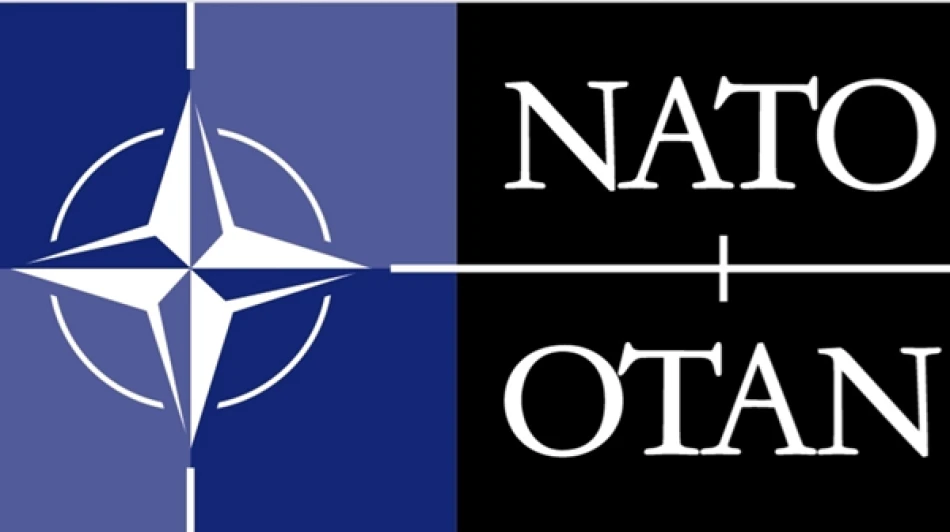
NATO Expedites Patriot Missile Systems Deployment to Ukraine to Bolster Air Defense
NATO Accelerates Patriot Missile Deployment to Ukraine as Winter Defense Strategy Intensifies
NATO forces are fast-tracking the delivery of additional Patriot air defense systems to Ukraine, with preparations already underway for rapid deployment. The move signals a significant escalation in Western military support as Ukraine braces for what could be another punishing winter of Russian aerial bombardment targeting critical infrastructure.
Swift Action Amid Escalating Threats
NATO Supreme Allied Commander General Alexios Grinkevich announced Thursday that preparations are actively underway to transfer more Patriot systems to Ukrainian forces. Speaking at a conference in Wiesbaden, Germany, Grinkevich emphasized the urgency of the mission: "Preparations are ongoing, and we are working closely with the Germans on transferring Patriot systems... I have received instructions to move as quickly as possible."
The commander's emphasis on speed reflects growing concerns about Russia's intensified aerial campaign against Ukrainian cities and infrastructure. The timing suggests NATO anticipates a renewed push by Moscow to cripple Ukraine's energy grid before winter fully sets in.
Strategic Significance of Patriot Systems
The Patriot missile system represents one of the most advanced air defense platforms in the Western arsenal. Capable of intercepting ballistic missiles, cruise missiles, and aircraft at ranges up to 160 kilometers, these systems have proven crucial in defending Ukrainian cities against Russian missile barrages.
Ukraine currently operates a limited number of Patriot batteries, primarily protecting the capital Kyiv and other critical urban centers. The additional systems would significantly expand Ukraine's defensive umbrella, potentially covering more territory and providing redundancy against concentrated Russian attacks.
Germany's Central Role
Germany's involvement in the transfer process underscores Berlin's growing commitment to Ukrainian defense. As Europe's largest economy and a key NATO member, Germany has emerged as a critical logistics hub for Western military aid to Ukraine. The country's geographic position and robust defense infrastructure make it an ideal staging ground for complex weapons transfers.
Broader Implications for the Conflict
The accelerated Patriot deployment reflects a broader shift in NATO's approach to the Ukraine conflict. Rather than gradual, measured support, the alliance appears to be moving toward more rapid, decisive military assistance. This change likely stems from lessons learned during previous Russian winter campaigns, which devastated Ukrainian civilian infrastructure and tested the population's resolve.
For Russia, the expanded Patriot presence represents a significant tactical challenge. Moscow has relied heavily on missile and drone attacks to compensate for ground force limitations. More sophisticated air defenses could force Russia to expend more expensive, longer-range weapons or risk losing aircraft in contested airspace.
Alliance Coordination and Future Prospects
The swift coordination between NATO command and German forces demonstrates the alliance's growing efficiency in supporting Ukraine. This operational tempo suggests that Western military aid is becoming more systematized and responsive to battlefield developments, rather than reactive to political cycles.
The deployment also signals continued Western commitment despite war fatigue in some quarters. By prioritizing defensive systems over offensive weapons, NATO maintains its position of helping Ukraine defend itself while avoiding direct confrontation with Russia.
As winter approaches, these Patriot systems may prove decisive in Ukraine's ability to maintain civilian morale and critical infrastructure functionality—factors that could ultimately determine the conflict's trajectory more than any single battlefield victory.
Most Viewed News

 Layla Al Mansoori
Layla Al Mansoori






